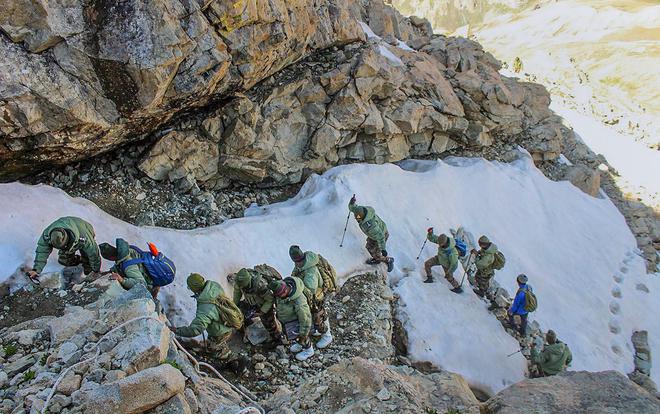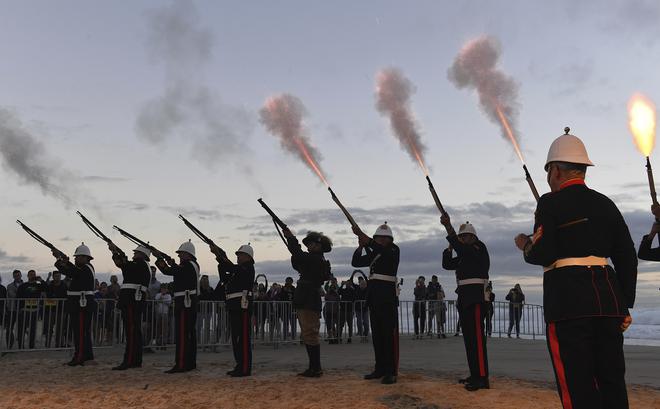In Camouflaged — Forgotten Stories from Battlefields, Probal DasGupta looks at India’s history from the lens of war stories. In an interview, DasGupta says the stories explore intriguing relationships between mates, adversaries and covers intrigue, loss, valour, victory and sacrifices that recount real experiences. Edited excerpts:
What inspired you to write this book?
I felt India’s history needs to be told from the lens of war stories, since they help contextualise our history. A narrative account of protagonists helps understand the bigger picture. For instance, in a story from the 1962 war, a protagonist was ordered to withdraw from a battle he was winning — a classic irony of an inept political and military senior leadership overruling a brave young leader on ground. Then there was a story from the 1971 India-Pakistan war that reflects a confident nation.

One of the things that powers an army is its belief in traditions and the inspiration it takes from the past. The Chetwode Motto that places the honour and safety of the country and subordinates above that of the leader is retained as a gold standard. In Kargil, the nation lost one officer for every 15 soldiers killed, the highest casualty rate ever, which validates the tradition of leading from the front.
Why do these stories need to be told?
We need to tell these stories because we haven’t recorded them. In 1915, Indian soldiers registered the only Allied victory in the Gallipoli campaign. Today, ANZAC day is commemorated each year in Australia and New Zealand whose troops fought in Gallipoli. Sikh, Punjabi and Gurkha troops who recorded the victory are forgotten. There is no mention of Indian soldiers in Hollywood war films, despite over two million Indian soldiers having fought them.

We don’t even have official histories of the 1962 and 1971 wars. My previous book Watershed 1967 was the first book about India’s victory over China in 1967 — it took us 53 years to write about our victory and its impact on history. We need to record our past but it’s important that stories are written with objectivity and candour to lend credibility.
Can you briefly encapsulate the categorisation of the book? Why the choice of the 100-year period?
The last hundred years shaped the destinies of modern nation-states. At the turn of the previous century, the invention of aircraft, tanks and modern weaponry changed warfare. Millions of Indian soldiers in world wars shaped the world and India’s political history.
Post 1947, a tussle to find geographical footing was followed by a tormenting India-China war of 1962. 1971 witnessed India’s turnaround scripted by a humanitarian victory against Pakistan. Issues confronting the nation in these times and later are reflected in the war stories of that period.

The Indian Army has changed a lot since independence. Yet, it still remains colonial in many ways. Can you reflect on this dichotomy?
Despite colonial beginnings, it has undergone shake-ups after spells of sluggishness. For instance, Gen. Sundarji shook up the armed forces in Operation Brasstacks; the demands of counter-insurgency in 1990s created a soldier, who ably made the change to fit into low-intensity conflict environments or in civil-military assignments. The prospect of Integrated Battle Groups (IBG) could demand a new role in future.
The Indian and Pakistani armies were born out of the same womb. After 1971, religion and politics became de rigueur in Pakistan’s army, sending the army down a dangerous, slippery slope. On the other hand, the Indian army has maintained its apolitical and secular credentials. One may mention colonial leanings, but I believe the army has embraced change and forged a happy mix between tradition and modernity.
If you have to pick one or two accounts from the 10, what would they be and why?
Haripal Kaushik defied the odds; he led his men ably despite poor leadership. His boss, while reviving Kaushik’s spirit, displayed qualities of an able leader on mental health, largely ignored by armies.
I was in awe of Chanan Dhillon and his staggering resilience against death. The story of women watching their men risk death on live television was overwhelming and reflective of the times we live in. The major who defies his boss and saves a reforming militant validated my faith in young leaders who have a great responsibility. Discovering these gems was a journey of learning for me.
Camouflaged — Forgotten Stories from Battlefields; Probal DasGupta, Juggernaut, ₹699.
dinakar.peri@thehindu.co.in







